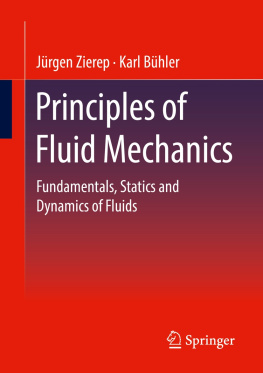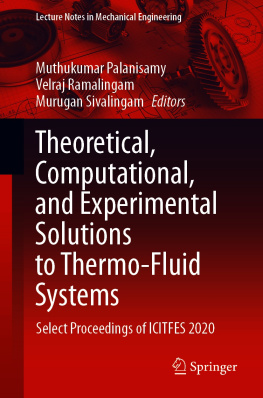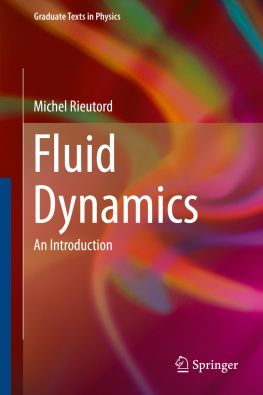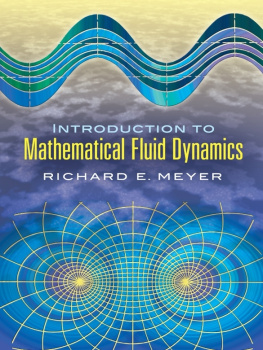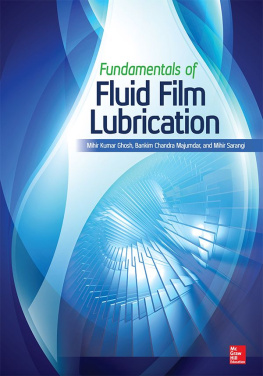Jorg Imberger - Environmental Fluid Dynamics: Flow Processes, Scaling, Equations of Motion, and Solutions to Environmental Flows
Here you can read online Jorg Imberger - Environmental Fluid Dynamics: Flow Processes, Scaling, Equations of Motion, and Solutions to Environmental Flows full text of the book (entire story) in english for free. Download pdf and epub, get meaning, cover and reviews about this ebook. year: 2012, publisher: Elsevier Science, genre: Children. Description of the work, (preface) as well as reviews are available. Best literature library LitArk.com created for fans of good reading and offers a wide selection of genres:
Romance novel
Science fiction
Adventure
Detective
Science
History
Home and family
Prose
Art
Politics
Computer
Non-fiction
Religion
Business
Children
Humor
Choose a favorite category and find really read worthwhile books. Enjoy immersion in the world of imagination, feel the emotions of the characters or learn something new for yourself, make an fascinating discovery.

- Book:Environmental Fluid Dynamics: Flow Processes, Scaling, Equations of Motion, and Solutions to Environmental Flows
- Author:
- Publisher:Elsevier Science
- Genre:
- Year:2012
- Rating:4 / 5
- Favourites:Add to favourites
- Your mark:
Environmental Fluid Dynamics: Flow Processes, Scaling, Equations of Motion, and Solutions to Environmental Flows: summary, description and annotation
We offer to read an annotation, description, summary or preface (depends on what the author of the book "Environmental Fluid Dynamics: Flow Processes, Scaling, Equations of Motion, and Solutions to Environmental Flows" wrote himself). If you haven't found the necessary information about the book — write in the comments, we will try to find it.
Environmental Fluid Dynamics provides an introduction to the principles of environmental fluid dynamics, i.e., natures use of air and water to transport and transform waste into nutrients for various organisms.
The author, a Professor of Environmental Engineering and the Director of the Centre for Water Research at the University of Western Australia, is careful to include the appropriate mathematical expressions for the fundamentals of fluid dynamics without overburdening the reader with difficult or extensive notation.
Starting with a discussion of the basics of fluid dynamics for undergraduates, the book moves on to more detailed material for graduate students and specialists in environmental engineering and/or science, physical limnology, estuarine dynamics, and coastal oceanography. Topics covered include equations of motion, fluid viscosity, environmental hydraulics, mixing and dispersion, surface waves, and environmental flows. The materials presented are based on the authors 40 years of teaching fluid dynamics at Berkeley, Caltech, Karlsruhe, Padova, and Western Australia.
The book provides a basic overview, while specialists needing more in-depth information can to turn to advanced texts in their specific areas of interest.
Jorg Imberger: author's other books
Who wrote Environmental Fluid Dynamics: Flow Processes, Scaling, Equations of Motion, and Solutions to Environmental Flows? Find out the surname, the name of the author of the book and a list of all author's works by series.

